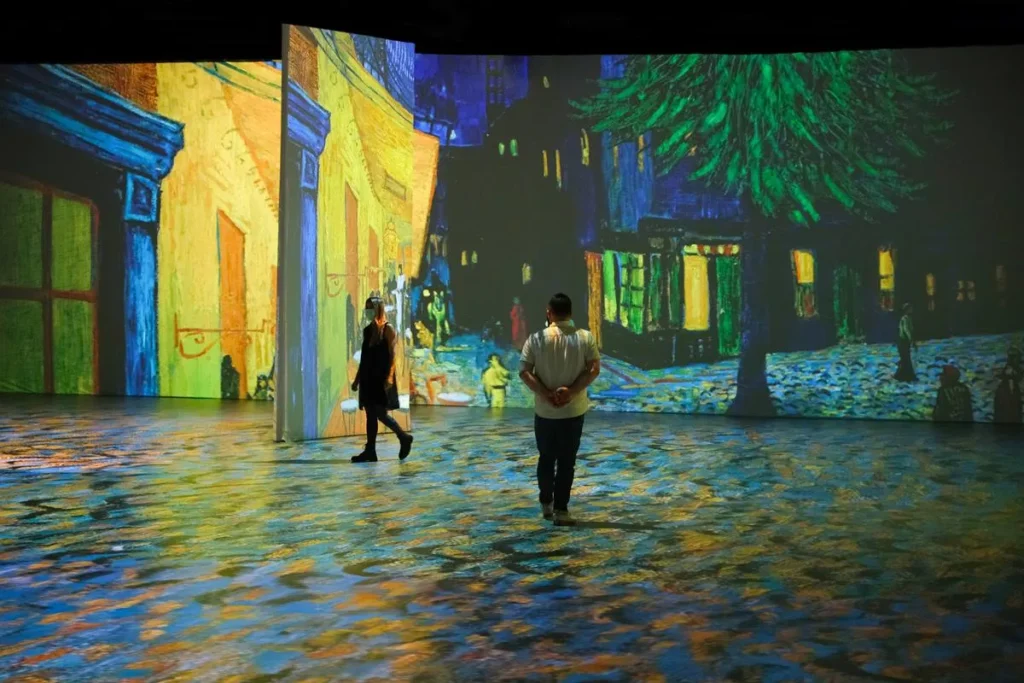At the turn of the 19th to the 20th century, modern art established itself as a field driven by a continuous impulse toward innovation. This pursuit went beyond formal aspects, involving an ideological break with inherited value systems, questioning the established order, and affirming art’s autonomy. Movements like Impressionism, Cubism, and Futurism introduced new visual languages and manifestos that celebrated rupture as a virtue in itself. Thus, each decade seemed defined by the need to surpass the previous one, focusing on what the work could deny or transform.

Modernism transformed aesthetic progress into a constant process of overcoming, where each gesture aimed to inaugurate unexplored territories. The new became an end in itself, fueled by the industrial and scientific optimism of the 19th century, which believed art could reinvent perception and decisively intervene in the world. However, this pursuit also caused rapid obsolescence of forms and ideas. What was avant-garde today could quickly become part of the past in light of emerging new proposals.
From the Obsession with Rupture to the Centrality of Experience in Modern Art
Contemporary art, emerging in a postmodern context, no longer shares this unrestricted trust in novelty. From the mid-20th century onward, especially after the 1960s, the idea that art history is built through successive ruptures was widely questioned. Artistic production began to value not only formal novelty but also the depth of experience for both artist and audience.
In this new perspective, a work does not need to be entirely new to be significant. It can revisit traditions, establish dialogues with the past, appropriate pre-existing images, or work with everyday materials. The artistic gesture shifts from inauguration to insertion: inserting itself into the world, the body, memory, and politics. Experience becomes fundamental, encompassing both creation and the viewer’s encounter with the work.
Immersive installations, performances, and site-specific works illustrate this shift. The artwork ceases to be a finished object for contemplation and becomes a process, event, and relational field. Aesthetic experience expands into tactile, sonic, bodily, and emotional dimensions, with increasing attention to the social and cultural context of artistic production and reception.
Thus, while modern art valued novelty as an absolute principle, contemporary art replaces the obsession with rupture with a more attentive listening to the world, history, the body, and human relations. Novelty is not rejected but integrated into a broader network of meanings where experience, reflection, and dialogue take center stage. Contemporary art transforms not only forms but how we inhabit art.



